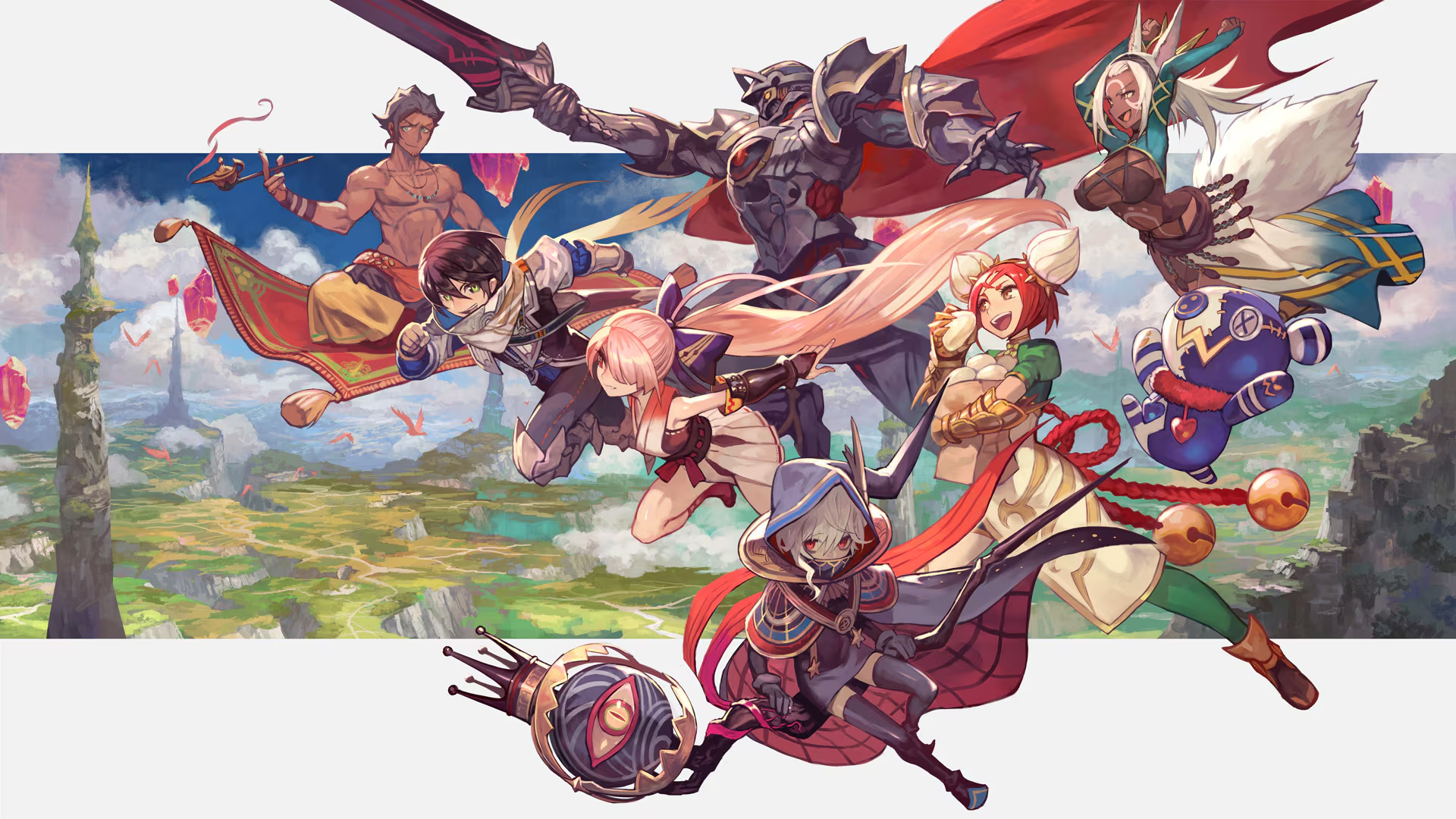South of Midnight masterfully intertwines a variety of influences to tell a compelling tale centered around themes of loss and forgiveness, with much of its inspiration rooted in the folklore of the American Deep South. The enigmatic figures like the shape-shifting Rougarou, spectral Haints, and the child-snatching Hugging Molly serve as fitting adversaries in a game set against the backdrop of this richly traditional and culturally diverse region.
Interestingly, one of the more unusual sources of inspiration for the game isn’t the bayou, but rather the works of Shakespeare. Yes, while video games don’t often draw directly from Shakespeare, South of Midnight shares notable similarities with one of the bard’s renowned plays.
The storyline in South of Midnight and Shakespeare’s The Tempest both kick off with a powerful storm that displaces main characters from their familiar surroundings, casting them into a world imbued with mysterious magic and surrounded by inescapable waters. This setup delineates both narratives, infusing them with themes of personal tragedy against mystical backdrops.
The Tempest, penned by Shakespeare, is set on a distant, magical island. Here, Prospero the sorcerer, exiled and betrayed years before, orchestrates a storm to wash up his brother Alonso, his son Sebastian, and others onto the island’s shores as retribution. Once separated by the tempest, these nobles must interact with the island’s supernatural inhabitants to fulfill Prospero’s plans—whether conspiring against him or aiding his daughter Miranda’s marriage to Sebastian. Shakespeare’s play has inspired a multitude of works since, including references in contemporary media. In contrast, while South of Midnight doesn’t follow The Tempest’s plotline exactly, it does echo its core themes.
Spoiler Alert: The following section contains details about South of Midnight’s storyline.
The hurricane that sets off the events in South of Midnight is reminiscent of the shipwreck-causing storm in The Tempest. The game’s hostile bayou environment, where water presents a constant menace, draws a parallel to the seas that isolate The Tempest’s characters. This world, populated by a mix of friend and foe creatures, aptly mirrors the island’s denizens in Shakespeare’s work, such as Caliban and Ariel.
In both narratives, water serves as an isolating force, almost an unseen antagonist, bringing disaster that leaves protagonists vulnerable in unfamiliar territories. The character Bunny Flood seems to metaphorically embody this theme, akin to Prospero’s role in orchestrating familial disaster for personal ends in Shakespeare’s tale.
References to Shakespeare are woven throughout the game, from the town named Prospero to Kooshma’s Cabaret, where Hazel finds herself ensnared in a play designed to keep her dreaming for Kooshma’s sustenance. This recursive dream sequence and its escape reflect a thematic nod to The Tempest’s fourth act, where a play within the play ensnares audiences and characters alike, something Shakespeare himself employed to break the fourth wall.
In the end, the resolution of South of Midnight isn’t about defeating antagonists, but about finding forgiveness and new beginnings, mirroring the closure sought in The Tempest. South of Midnight excels in delivering this message, emphasizing empathy and collaboration over conflict. But don’t expect it to replicate Shakespeare’s penchant for bawdy humor—a trait perhaps best reserved for the bard’s own time.
Now, speaking of the game itself, while South of Midnight’s gameplay mechanics may not redefine the genre, its exploration elements offer a delightful and effective experience, pulling players into a world where simple exploration can be surprisingly rewarding.









![[Rewrite] Review of “Carrier Deck” on PlayStation 5](https://www.gameria.net/wp-content/uploads/2025/07/Rewrite-Review-of-Carrier-Deck-on-PlayStation-5-360x180.jpg)


![[Interview with Witch Beam] Insights on Tempopo at PS4Blog.net](https://www.gameria.net/wp-content/uploads/2025/07/Interview-with-Witch-Beam-Insights-on-Tempopo-at-PS4Blognet-360x180.jpg)




























